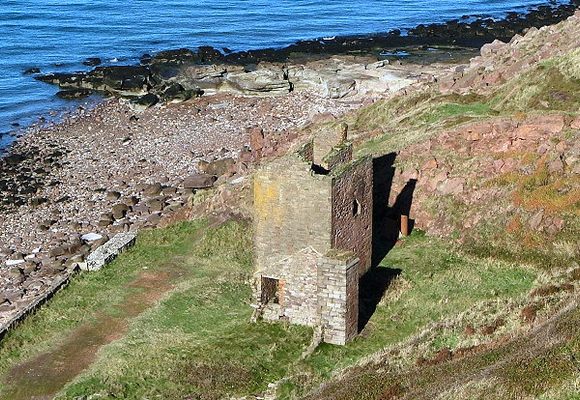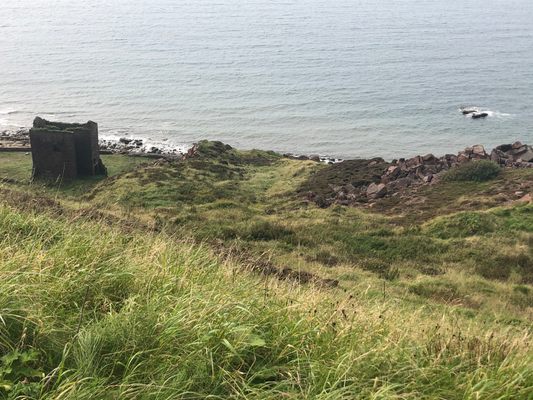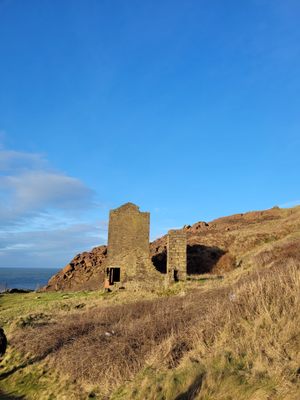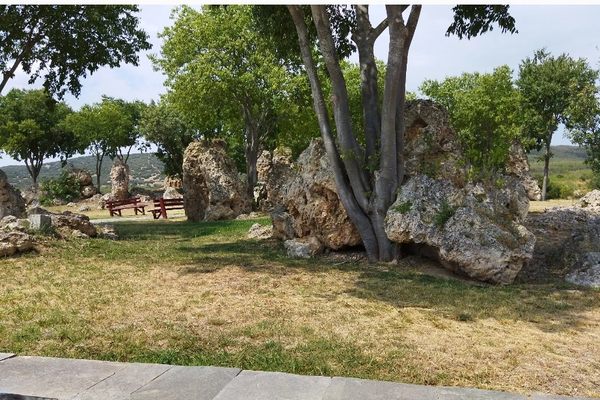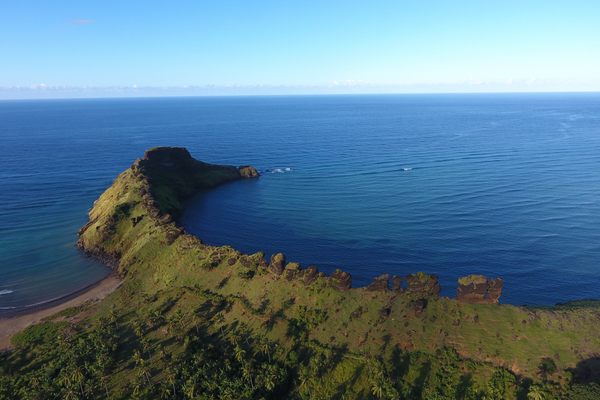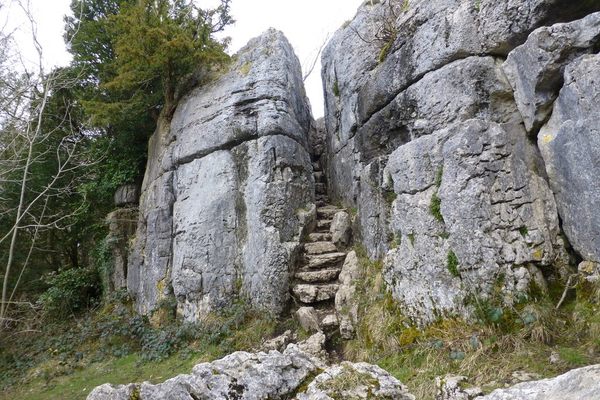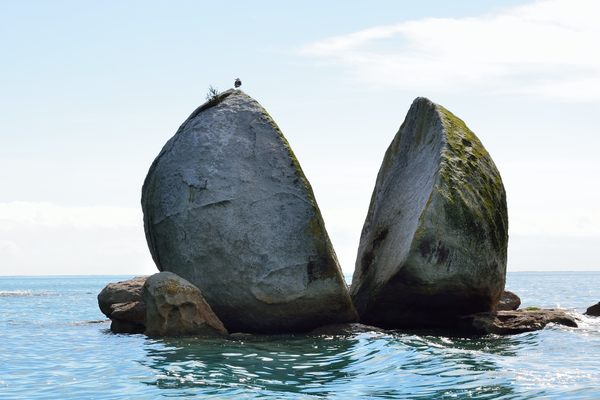About
The ancient engine house of Saltom Pit, the first large-scale mine ever sunk below sea level, sits at the base of Fairy Rock on the coast of Whitehaven. Fairy Rock is slowly slipping toward the structure. This may be because the soft layer of coal and shale beneath the heavy sandstone of Fairy Rock becomes slippery when rainwater seeps into its cracks, causing the sandstone to break and tumble downward. Or, it may be an act of revenge by fairies.
Local legends say that the grottoes in Fairy Rock were once the homes of fairies that were human-sized but left no impression of feet where they stepped or stood. They wore white robes and danced in the moonlight, and were known to invite handsome young men to their dances.
According to a 17th-century legend, one such man pledged everlasting devotion to a fairy, supposedly the Queen of the fairies, promising to spend half his time in her world. The fairy said he must only come when the moon was full, that she would guide him to the cove on such nights. This he pledged as well.
When he tried to visit when there was no full moon, a deep moan came from the sea and a terrible storm arose. He was killed, and it is said that such a voice can still be heard as a storm approaches by those standing on the part of the cove where his body washed ashore, the part where he had made his vows to the fairy.
The last fairy seen on Fairy Rock was reportedly in the form of a calf flying across the sea. When the witness exclaimed, “G-d! weel loppen, cofe!” as the fairy reached him, it disappeared.
Much of Fairy Rock fell into the sea during a storm in 1872, but it can still be seen, even if the fairies cannot.
Related Tags
Published
July 21, 2017
Sources
- http://thefairytaletraveler.com/2014/01/22/fairy-sites-places-to-visit-cumbria/
- https://books.google.com/books?id=WzYCAAAAQAAJ&pg=PA130&lpg=PA130&dq=saltom+fairy+rock&source=bl&ots=YbhYXMMUTv&sig=3f9Xa4HAEp5OWeGpReEK6qDJEqg&hl=en&sa=X&ved=0ahUKEwjQzf6Jj4fVAhUIWz4KHUvFBF0Q6AEIVTAM#v=onepage&q=saltom%20fairy%20rock&f=false
- https://books.google.com/books?id=st8LBgAAQBAJ&pg=PA92&lpg=PA92&dq=saltom+rock+fairy+rock+joe+wear&source=bl&ots=pKac9vMjWk&sig=WzFdS7o0ah5yPjYJ3S1gQyd6v_w&hl=en&sa=X&ved=0ahUKEwje4qH9tobVAhUGMj4KHUC4A64Q6AEIJDAA#v=onepage&q=saltom%20rock%20fairy%20rock%20joe%20wear&f=false
- http://whitehavencoast.orangeleaf.com/saltom/between_rock_and_hard_place/articles/fairyrock/index.html?sid=007f5db5f3960d6e4111919246f2b1d9
- http://www.strangebritain.co.uk/bookshop/fairies.html
- http://www.whitehaven.org.uk/saltom.html

